Series of Workshops¶
Best way to run the Curiosity path is to pick up a serie of workshops that you will run in your local context, cooperating with a school or a museum. It is about framing the interests and skills to be developped, looking at the description of workshops and design/customize your own serie of activities. They can last from 2 days to a week or even be framed in longer periods of time - (ie - each tuesday of october..., some days integrated in one trimester during the class of "arts" or "technologies")
Poderosas¶
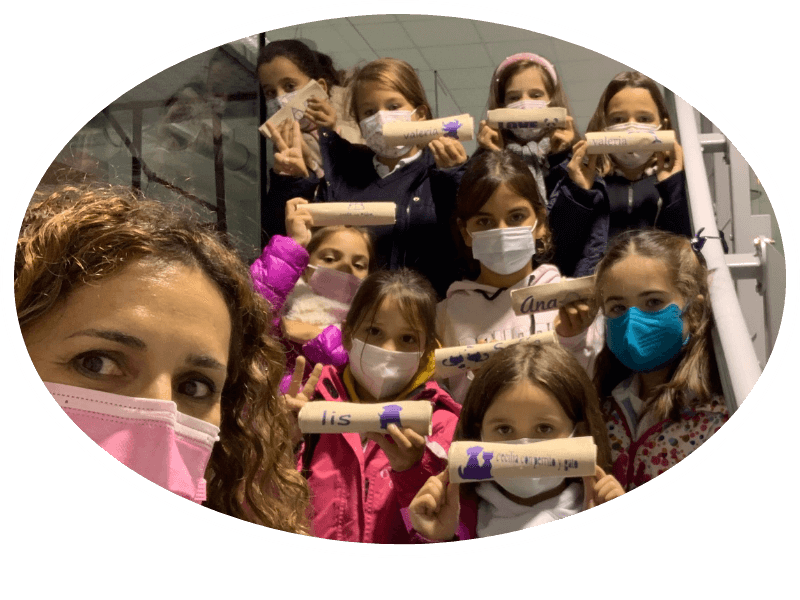
| Path | Target | Duration | Skills |
|---|---|---|---|
| Curiosity | Girls 7-11 | 9 months activities (1'5 h/act) | CAD, Digital Fabrication, e-textiles, coding |
Description
Poderosas is a project aimed at girls from 6 years old with the objective of increasing interest in technology, science and engineering through innovative educational experiences. Within the STEAM framework (Science, Technology, Engineering, Art and Mathematics), the objective of the Poderosas initiative is to attract girls' interest in technology through attractive projects for them, encourage female talent, break the gender gap in STEM studies and promote the role of women in the field of ICT.
Poderosas consist of a series of learning activities divided into 36 sessions of 1,5 h distributed in 1 session per week, where girls learn and develop tech projects adapted to their age and level. The last 4 sessions are dedicated to group exhibitions and public presentations of the projects carried out during the course.
FabLab Leon has developed a full program divided into 2 levels adapted to the girl's age, knowledge and skills. At the end of each level, participants receive a completion diploma that enables them to continue to the next level.
Target audience and context of use
Girls from 7 to 11 years old that apply to the course.
Generic Program for level 1
Each level is co-designed in the miro app keeping in mind the interest and ages of each group
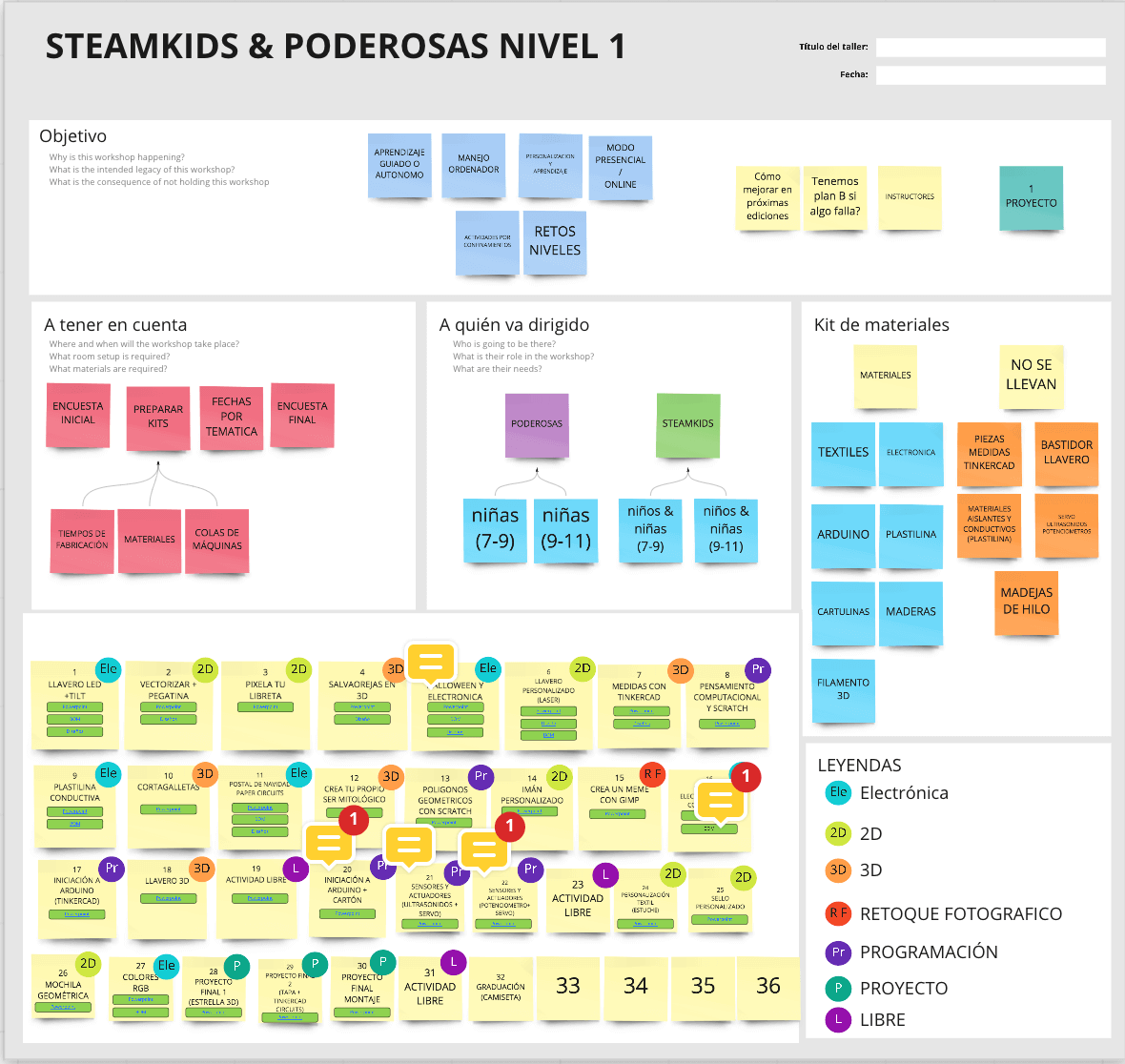
The complete program is divided into 4 Modules:
- Module 1: 2D CAD and Digital Fabrication
- Module 2: 3D CAD and Digital Fabrication
- Module 3: Electronics & Programming
- Module 1: Final Project
Modules of the program
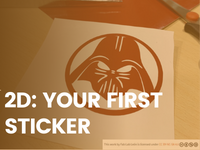
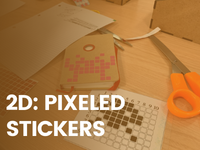
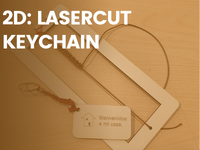
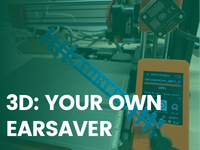


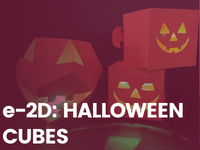

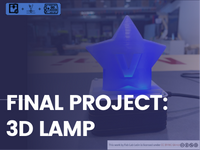
Related and supporting activities/modules
This program refers to the Curiosity learning path. The case-study has been experienced with separate workshops during 5 years and one full year program at FabLab León.
Tips to facilitate the activity in context (to-do / not do)
To-do
- Test the activity beforehand with the team of facilitators
- When software is needed, check that it is updated. Send a list of the software that will be used so that participants can install it before the activity.
- When machines are needed, check that they are working
- Prepare the activity in advance, prepare the kits of materials and tools for each participant and some extra kit for backup, and also prepare the instructor’s model to show it to the participants.
- Use the PowerPoint as a step by step guide for the participants
- Set time for discussion
- Comply with the established schedule
Don't:
- Let time for discussions off-topic. Plan it after the activity
- Dedicate time to install software on personal Laptops. Send instructions to the participants prior to the activity
References
References and further reading:
Poderosas IG channel
Licence and credits

Attribution — ShareAlike CC BY-SA This activity has been designed by Nuria Robles for shemakes.eu. It is based on Fab Lab León’s learning experiences methodology.
Fabricademy for kids¶

| Path | Target | Duration | Skills |
|---|---|---|---|
| Curiosity | .. | .. | .. |
| Description | |||
| Summary of the event |
Target audience and context of use
Who organize
With whom they cooperate
What was the target of learners
Agenda - Step by Step
Give an overview of the program
Links to other modules
Put links towards the workshops you use to build the program
Tips to facilitate the activity
Indicate your key lessons and recommendations
References and Illustrations
Give some references if relevant
Licence and credits

Attribution — ShareAlike CC BY-SA
(Name of the program) has been designed by (...) from (...) It is based on (...) and further developed with (...)